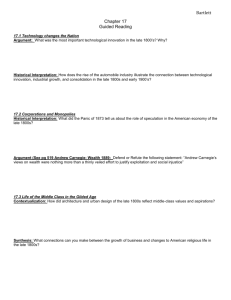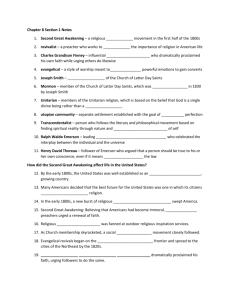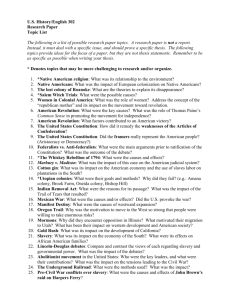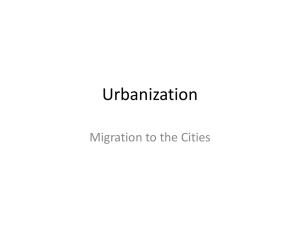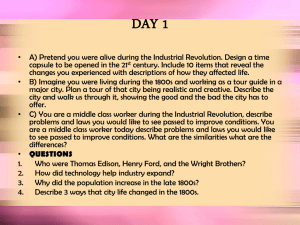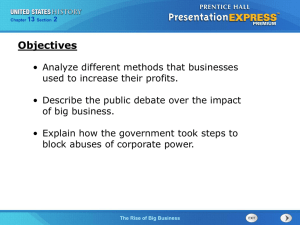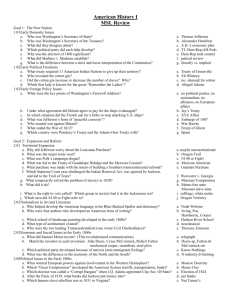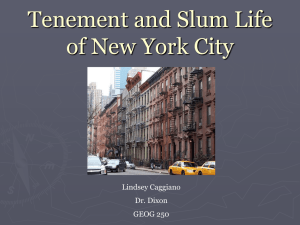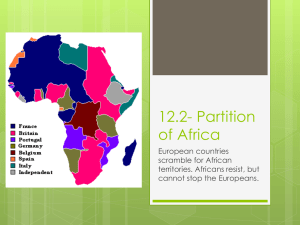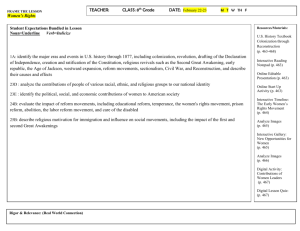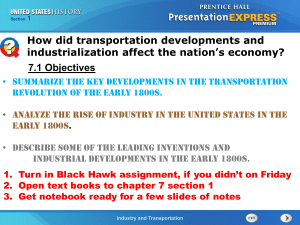Cities Expand and Change
advertisement
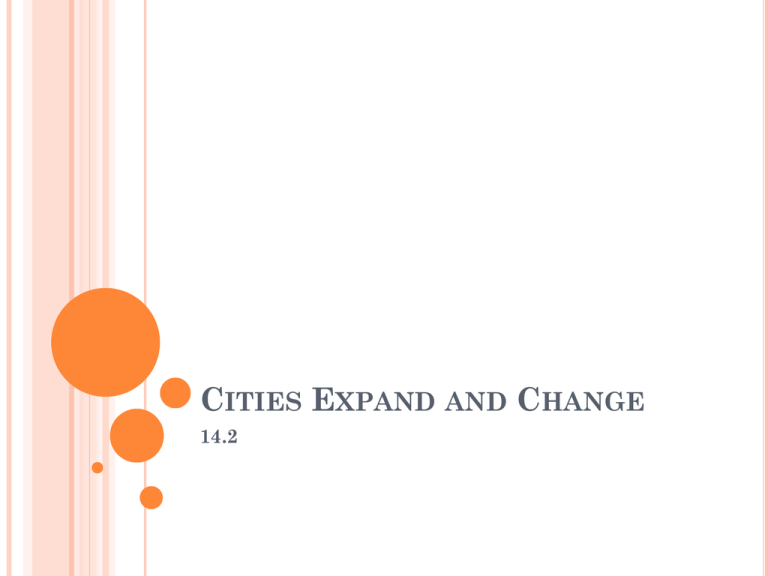
CITIES EXPAND AND CHANGE 14.2 OBJECTIVES Analyze the causes of urban growth in the late 1800s. Explain how technology improved city life. Evaluate how city dwellers solved the problems caused by rapid urban growth. KEY PARTS America Becomes a Nation of Cities Technology Improves City Life Urban Living Creates Problems INTRODUCTION Read section 14.2 Answer Questions 4-6 AMERICA BECOMES A NATION OF CITIES In the late 1800s America experience a period of urbanization. The number of cities and people living in them increased dramatically. Cities were manufacturing and transportation centers clustered in the Northeast, Pacific Coast, and the Midwest. All connected by the new railroad lines. CONT. Cities became magnets for immigrants and rural Americans because of the jobs in factories or the service industry. By 1900 more than six times as many people lived in cities of 25,000 or more than in 1870. Women’s opportunities were dramatically expanded in urban areas. Many city jobs offered only hard work for little reward, but for many it was better than the alternative. CONT.. By 1900 most city’s population was 40% foreign born. (meaning immigrants) Many farmers moved into the cities in the 1890s so they didn’t have to wait for pay from the harvest or worry about slow seasons. In the city if you worked you got paid. (very little) TECHNOLOGY IMPROVES CITY LIFE As cities swelled in size, politicians and workers struggled to keep up with the demands of growth to provide water, sewers, schools, and safety. The middle and upper classes benefited most from the innovations but every city dweller was affected. Electric trolleys, subways and building codes kept the cities from slipping into chaos. CONT. In the late 1800s skyscrapers began to shape progressing cities. These buildings had steel frames and used artistic designs to magnify their imposing height. The only true way these massive buildings could function effectively was by the invention of the elevator by Elisha Otis in the 1850s as well as central heating systems in the 1870s. CONT.. In 1888, the city of Richmond Virginia introduced a revolutionary invention; street cars powered by overhead electric cables. This was the beginning of mass transit, which are public systems of transportation that carry large numbers of people relatively inexpensively. Streetcars in some ways were impractical, the electric cables often posed issues of blocking fire trucks and many types of construction. CONT… In 1897 Boston solved this problem by running the cars underground in the nations first subway system. New York City followed in 1904. This allowed people to live outside this cities and commute into the city. These areas were known as suburbs. Cities during this time were being flooded with people so to keep up with the growth city planners were needed. CONT…. City Planning services were designed to make cities more functional and visually appealing. Architect Daniel Burnham designed the ideal city for Chicago in 1893, it included boulevards, parks, buildings and electric streetlights. City planners also realized the importance of parks. Frederick Law Olmsted a landscape engineer designed Fairmount Park in Philadelphia and also Central Park in New York City and parks similar to that in many other cities. URBAN LIVING CREATES PROBLEMS Growing cities faced many problems caused by overcrowding and poverty. In 1890, New York’s Lower East Side had a population of more than 700 people per acre. Most lower class workers lived in tenements; low cost multi-family housing designed to squeeze in as many families as possible. Tenements were unhealthy and dangerous. CONT. Late 1800s cities were filthy, the unpaved streets were littered with trash and rutted up by transit and even had dead horses in the street laying there to rot. Alleys between tenements were clogged with food waste and trash. During the 1880s planners attempted to regulate housing, sanitation, sewers, and public health. CONT.. They began to use a water filtration system to improve water quality. Fires, Crime, and Conflict were major issues in early cities. In 1871 a fire destroyed Chicago, killing roughly 300 people and left more than 100,000 homeless. In the late 1800s planners had to develop city police officials to keep crime rates down. During this period neighborhood gangs began to skyrocket. (typically based on race, country of origin, or type of job)
